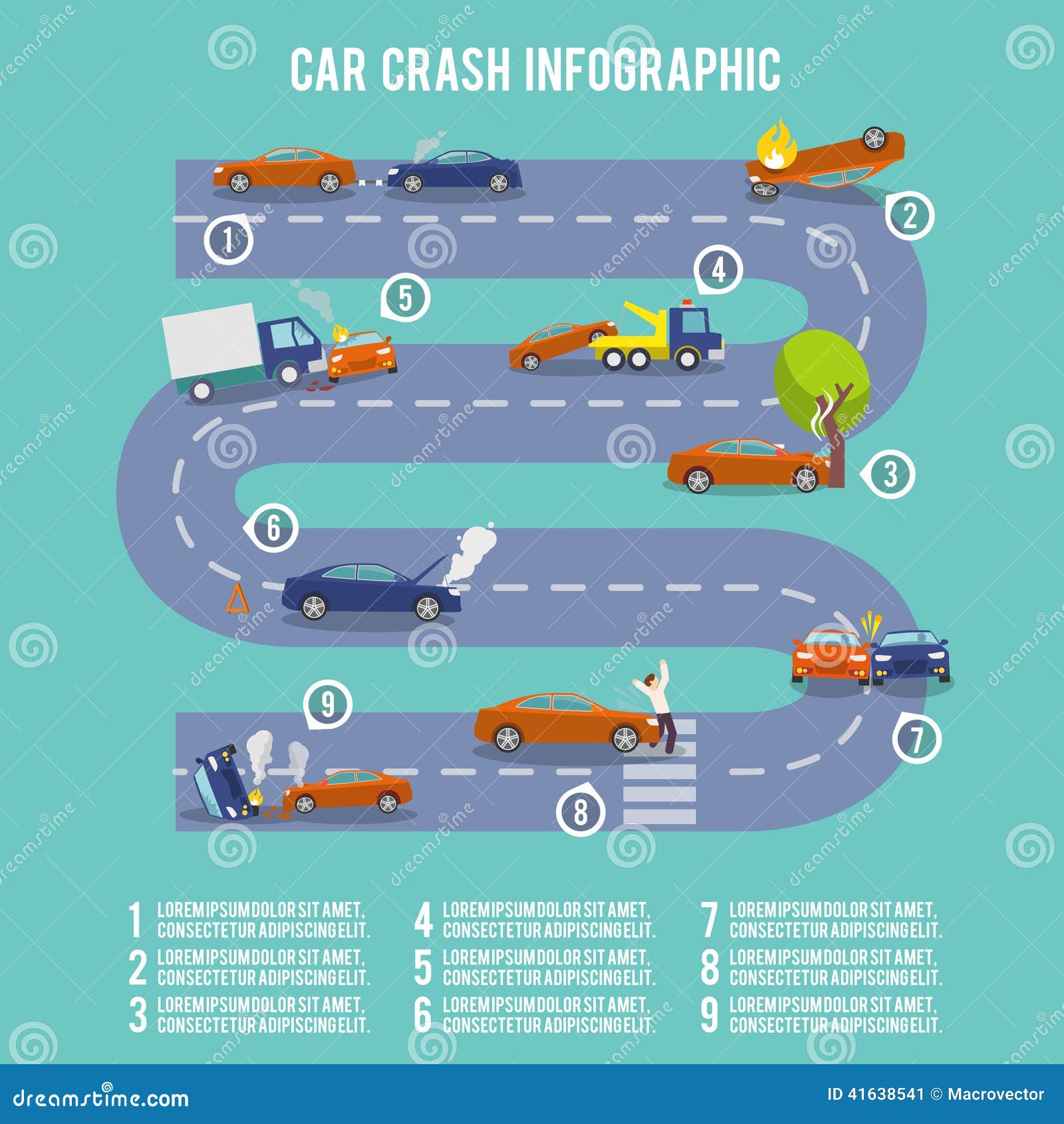Open The Hood To Discover Usual Brake System Issues And Their Solutions, Yet What Concerning Mushy Brake Pedals? Find Out The Solution In Advance! Discover More Below
Open The Hood To Discover Usual Brake System Issues And Their Solutions, Yet What Concerning Mushy Brake Pedals? Find Out The Solution In Advance! Discover More Below
Blog Article
Material Writer-Overby Dean
When it comes to your automobile's brake system, recognizing usual issues can conserve you from prospective safety and security hazards. From identifying brake pad wear to attending to brake liquid leaks, recognizing how to tackle these troubles is essential. However what concerning those mushy brake pedals? There's a fix for that as well. Remain tuned to read more regarding these concerns and the useful options that can keep you safely on the road.
Brake Pad Wear and Substitute
When it comes to maintaining your vehicle's brake system, one critical element to keep an eye on is the wear and replacement of brake pads. Brake pads are necessary parts that press against the brake rotors to reduce or quit your automobile. With time, these pads wear down as a result of friction, calling for routine evaluation and replacement to ensure your brakes work effectively.
To establish if your brake pads require replacement, listen for screeching or grinding sounds when you apply the brakes. Furthermore, if your vehicle takes longer to quit or you notice resonances or pulsations when stopping, it might be time to replace the brake pads.
Ignoring used brake pads can bring about decreased stopping efficiency, damages to other brake parts, or perhaps brake failure.
Changing brake pads is a fairly straightforward process for several vehicles. Nevertheless, if https://marketrealist.com/insurance/why-is-my-car-insurance-going-up/ or uncomfortable performing this job, it's finest to seek advice from a specialist auto mechanic to ensure proper installment and optimum brake performance.
Frequently checking and changing brake pads is vital for your safety and the long life of your vehicle's braking system.
Brake Liquid Leaks and Maintenance
To guarantee your car's brake system operates ideally, it is essential to likewise take notice of brake liquid leaks and maintenance. Brake liquid is vital for sending the force from your foot on the brake pedal to the real braking system. One usual concern with brake liquid is leaks, which can occur as a result of deteriorated brake lines, seals, or links. If you see a pool or leaks under your car, it's necessary to address the leakage quickly to avoid a potential brake failure.
On a regular basis inspecting your brake fluid degree is key to maintaining your brake system. Reduced brake liquid can result in air going into the brake lines, which jeopardizes braking performance.
Additionally, old or contaminated brake liquid can impact the general efficiency of your brakes. It's recommended to comply with the manufacturer's guidelines on when to alter the brake liquid, normally every 2 years.
Spongy Brake Pedal: Bleeding Brakes
If you've ever before experienced a mushy brake pedal while driving, you understand the relevance of keeping a firm and responsive braking system. One typical source of a squishy brake pedal is air entraped in the brake lines. When https://brakes95062.izrablog.com/30811138/utilize-eco-friendly-methods-in-your-automobile-repair-shop-to-reduce-environmental-influence-and-boost-sustainability-find-just-how-in-this-article goes into the brake system, it can lead to a loss of hydraulic pressure, resulting in that upsetting spongy feeling when you push the brake pedal.
To resolve this problem, hemorrhaging the brakes is essential. Hemorrhaging the brakes includes eliminating the air from the brake lines to bring back appropriate hydraulic pressure.
To bleed the brakes, you'll require an assistant to assist you. Start by locating the brake bleeder valve on each wheel, generally located near the brake caliper. With brake line repair cost , loosen up the valve and have your assistant press the brake pedal while you observe any type of air bubbles appearing. Repeat this procedure for each and every wheel, beginning with the wheel farthest from the master cyndrical tube and moving more detailed.
When you no more see air bubbles and just clear liquid emerges, tighten up the shutoff and top up the brake fluid tank as required. Bleeding the brakes aids guarantee a company brake pedal and improves overall stopping performance.
Final thought
Since you comprehend typical brake problems and how to repair them, you can guarantee your vehicle's safety and performance. Bear in mind to listen for warning signs like shrieking sounds or squishy brake pedals, and resolve them quickly. Normal upkeep and timely substitutes are key to keeping your brakes in leading condition. Keep proactive and alert to your brake system to take pleasure in safe and reliable driving experiences.
